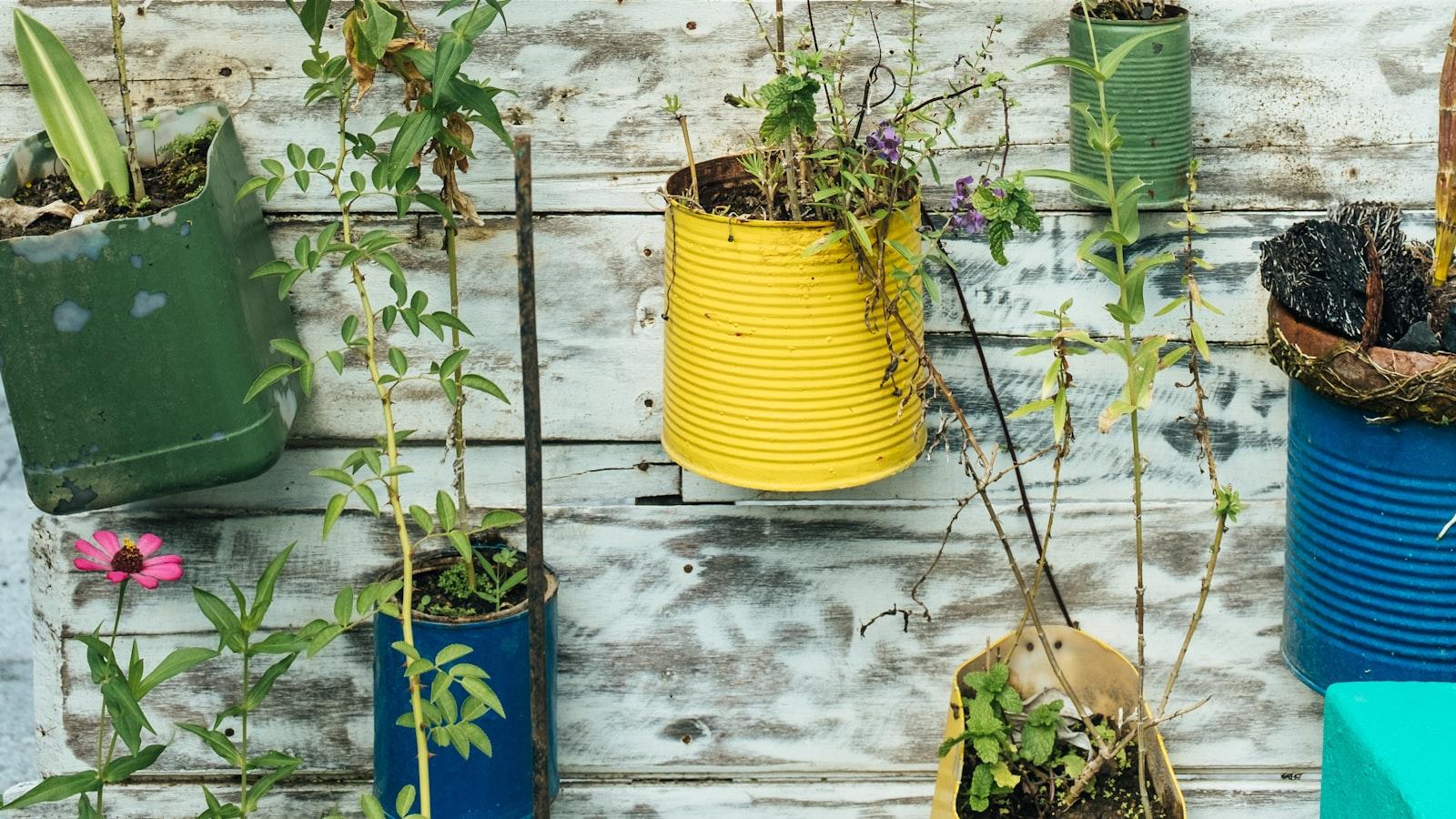Introduction:
Recycling tree waste plays a vital role in the overall sustainability and conservation efforts within our environment. By repurposing materials such as branches, leaves, and bark from trees, we can significantly reduce the amount of organic waste that ends up in landfills. Not only does this help in minimizing landfill usage, but it also contributes to the creation of valuable resources such as compost and mulch that can benefit gardens and landscapes. Understanding the importance of recycling tree waste can lead to a more eco-conscious and environmentally friendly approach to waste management practices. To delve deeper into the significance and benefits of recycling tree waste, let’s explore various resources and strategies available for effectively managing tree waste in a sustainable manner.
References:
1. [1]
2. [2]
3. [3]
Benefits of Recycling Tree Waste
Recycling tree waste offers numerous benefits not only for the environment but also for communities. By diverting materials that can be recycled away from landfills, tree waste recycling helps save valuable landfill space and reduces the environmental impact of waste disposal[2]. Additionally, recycling tree waste contributes to the conservation of natural resources, such as trees and forests, which are essential for a healthy ecosystem[3].
Types of Tree Waste Suitable for Recycling
- Branches
- Leaves
- Stumps
- Wood chips
Methods for Recycling Tree Waste
Tree waste can be recycled through various methods including composting, mulching, and chipping. Composting involves breaking down organic materials like leaves and branches into nutrient-rich compost for gardening or landscaping use. Mulching and chipping transform tree waste into materials that can be used for landscaping, erosion control, or as biomass for energy production[1].
Eco-Friendly Products Made from Recycled Tree Waste
Recycled tree waste can be used to create eco-friendly products such as paper, cardboard, wood furniture, and wood pellets for heating. These products help reduce the demand for virgin materials, leading to lower carbon emissions and a more sustainable way of living.
Tips for Efficient Tree Waste Recycling
- Separate tree waste from other types of waste
- Check with local recycling facilities for specific guidelines and services
- Consider starting a community composting program for tree waste
Importance of Community Involvement in Tree Waste Recycling
Community involvement is crucial for the success of tree waste recycling initiatives. By educating and encouraging residents to recycle tree waste, communities can reduce their environmental footprint, promote sustainability, and create a cleaner, healthier environment for all[3].
Q&A
Q: What is considered yard waste when it comes to recycling tree waste?
A: Yard waste, specifically tree waste, includes items such as tree trimmings/branches, leaves, house/garden plants, brush, grass clippings, and lawn edging[2]. These materials are commonly generated during routine yard maintenance and landscaping activities.
Q: How should I prepare yard waste for recycling?
A: When preparing yard waste for recycling, it is essential to place the materials in designated collection areas provided by your local waste management services or municipality. Make sure to separate tree waste like branches, leaves, and brush from other types of waste, following any guidelines or regulations set by your community[1].
Q: Why is recycling tree waste important?
A: Recycling tree waste, along with other yard waste, plays a significant role in reducing the amount of organic materials that end up in landfills. By recycling tree waste, these materials can be composted or turned into useful products like mulch or wood chips, contributing to environmental sustainability and waste reduction efforts[3].
Q: Are there any restrictions on the types of tree waste that can be recycled?
A: While general yard waste like tree trimmings, leaves, and brush are typically acceptable for recycling, it is essential to check with your local waste management services or municipality for any specific guidelines or restrictions on the types of tree waste that can be recycled. Certain items, such as diseased plants or invasive species, may need to be handled differently to prevent environmental harm[3].
Conclusion
In conclusion, recycling tree waste plays a crucial role in promoting environmental sustainability and reducing our carbon footprint. As highlighted in the U.S. Recycling System [3], recycling not only conserves resources but also creates job opportunities in the recycling industry. Despite challenges like plastic pollution and inadequate waste management mentioned in OECD’s report [2], every effort towards proper recycling, including compostable items like food waste as discussed in English 1010 – ENGL 2010 [1], contributes to a healthier environment. As individuals and communities, we can make a significant impact by incorporating responsible recycling practices in our daily lives. Let’s continue to recycle tree waste and other materials to protect our planet for future generations.
Simpsons Tree Services, Servicing Melbourne’s North Eastern Suburbs
Book a quote online at www.simpsonstrees.com.au




